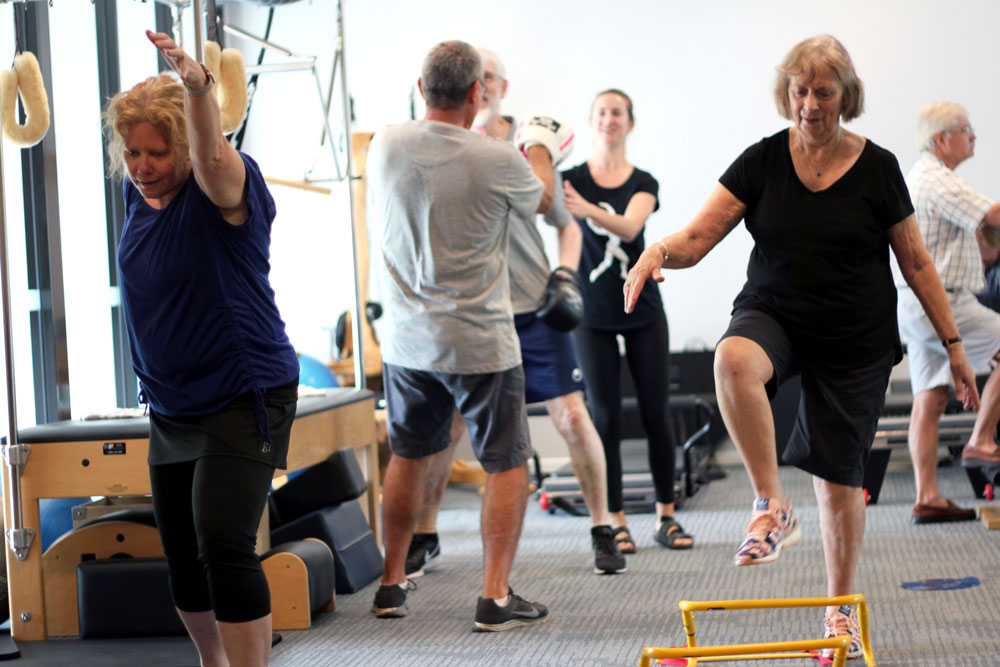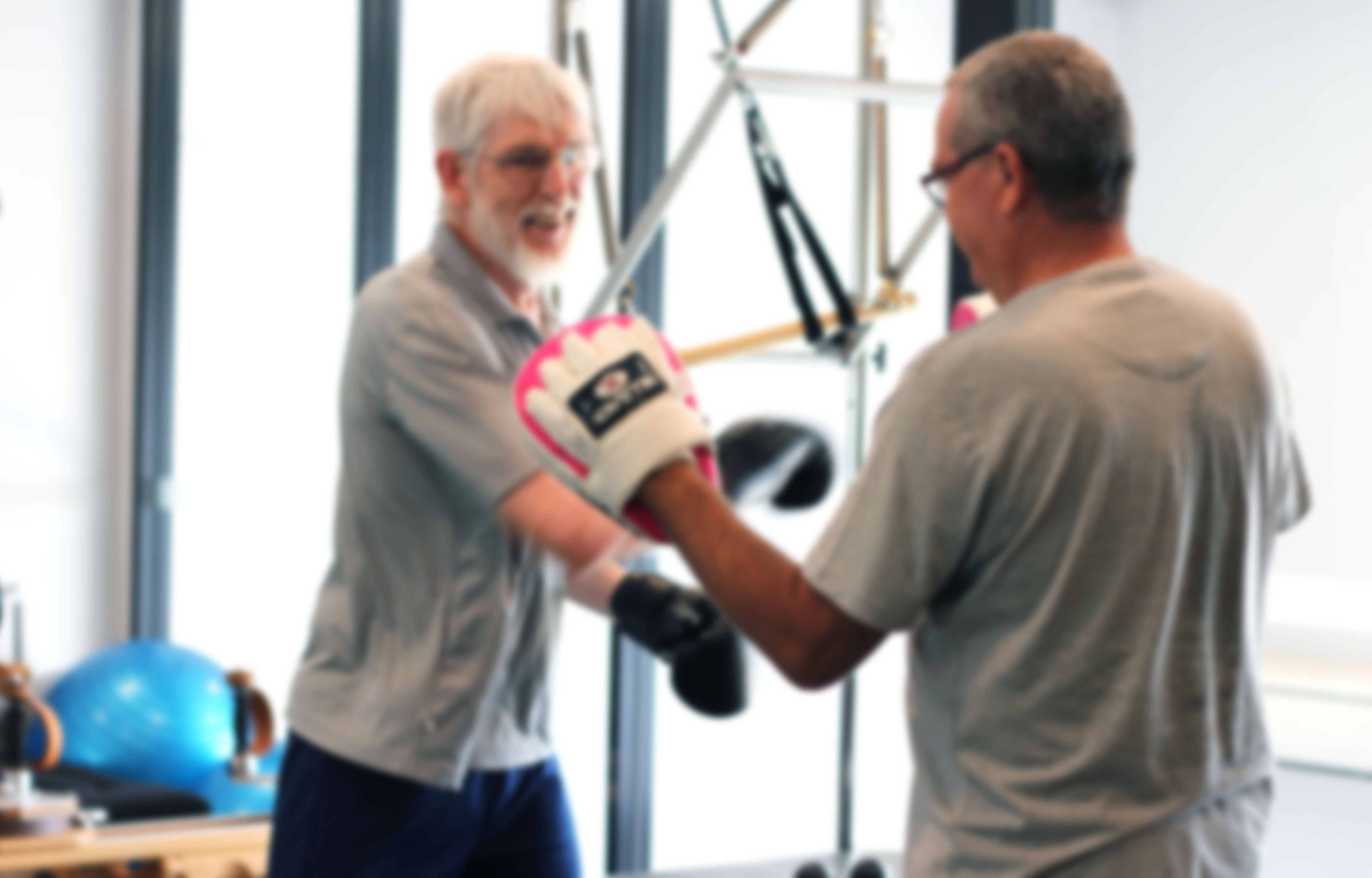The role of exercise in managing Parkinson’s disease is widely known. Perhaps less known is the importance of exercise frequency when it comes to managing this neurodegenerative condition. Whilst any exercise is better than none, research shows that optimal outcomes are achieved by exercising frequently.
Let’s talk about Neuroplasticity
Neuroplasticity is the brain’s ability to change, reorganise and adapt by forming new neural connections, and rewiring itself in response to physical, cognitive and social stimuli.¹ Maintaining or increasing neuroplasticity is particularly important for people with Parkinson’s disease, as it enables the brain to adapt, compensate for lost neurons, improve overall function and support symptom management.
Exercise primes the brain to make new connections, meaning that it enhances neuroplasticity and supports more optimal brain function³. However, the brain requires exposure to movement patterns to maintain the formation of these new neural pathways. Intermittent or infrequent exercise (e.g. only 1-2 times per week), while beneficial, may not be sufficient to prevent the loss of newly-formed neural connections, which can disrupt progress and result in sub-optimal outcomes overall.
Daily exercise provides the best opportunity for positive neural changes in the brain, allowing for more effective management of Parkinson’s disease.

Where to start?
An Exercise Physiologist or Physiotherapist with training in Parkinson’s disease can tailor an exercise program to your specific type and stage of Parkinson’s, to focus on slowing your symptoms, as well as catering to your fitness level, needs and lifestyle.
At The Body Refinery, we run PD Warrior™ classes, specifically tailored to managing Parkinson’s disease. Taken by our Exercise Physiologists, these classes ensure you’re engaging in safe and appropriate exercise, and they also provide a great sense of community, which supports mental wellbeing.
Engaging in these classes is recommended to provide the best chance of achieving neuroplastic changes in the brain and improved overall function. Home exercise could involve practising 1-2 PD warrior™ exercises a day, or alternatively, your Exercise Physiologist may tailor a home program more specifically aligned with your goals and needs.
If it’s an option for you, private 1:1 sessions with your Exercise Physiologist are the best way to ensure you are exercising correctly, with corrections provided, along with regular reassessment of your progress. Private sessions or regular reviews help to support you in overcoming barriers and continue progressing your home program, to give the best chance of slowing the progression of Parkinson’s disease, and effectively managing your symptoms. Private sessions can also be taken in a large private room at our premises.

Your Next Step
Reach out today by calling our friendly admin team on 3358 3915 to enquire further regarding our services. Alternatively, if you’re already attending our PD Warrior™ classes, have a chat with your Exercise Physiologist to discuss what a home program could look like for you, as well as the benefits of regular reviews or regular private sessions.
We are conveniently located on the New Farm, Teneriffe, Newstead Peninsula, though our PD Warrior™ clients join us from all over Brisbane.
- Puderbaugh M, Emmady PD. Neuroplasticity [Internet]. National Library of Medicine. Treasure Island (FL): StatPearls Publishing; 2023. Available from: https://www.ncbi.nlm.nih.gov/books/NBK557811/
- Popescu BO, Batzu L, Ruiz PJG, Tulbă D, Moro E, Santens P. Neuroplasticity in Parkinson’s disease. Journal of Neural Transmission. 2024 Aug 5;131.
- De Sousa Fernandes MS, Ordônio TF, Santos GCJ, Santos LER, Calazans CT, Gomes DA, et al. Effects of Physical Exercise on Neuroplasticity and Brain Function: A Systematic Review in Human and Animal Studies. Hess G, editor. Neural Plasticity. 2020 Dec 14;2020(1):1–21.


